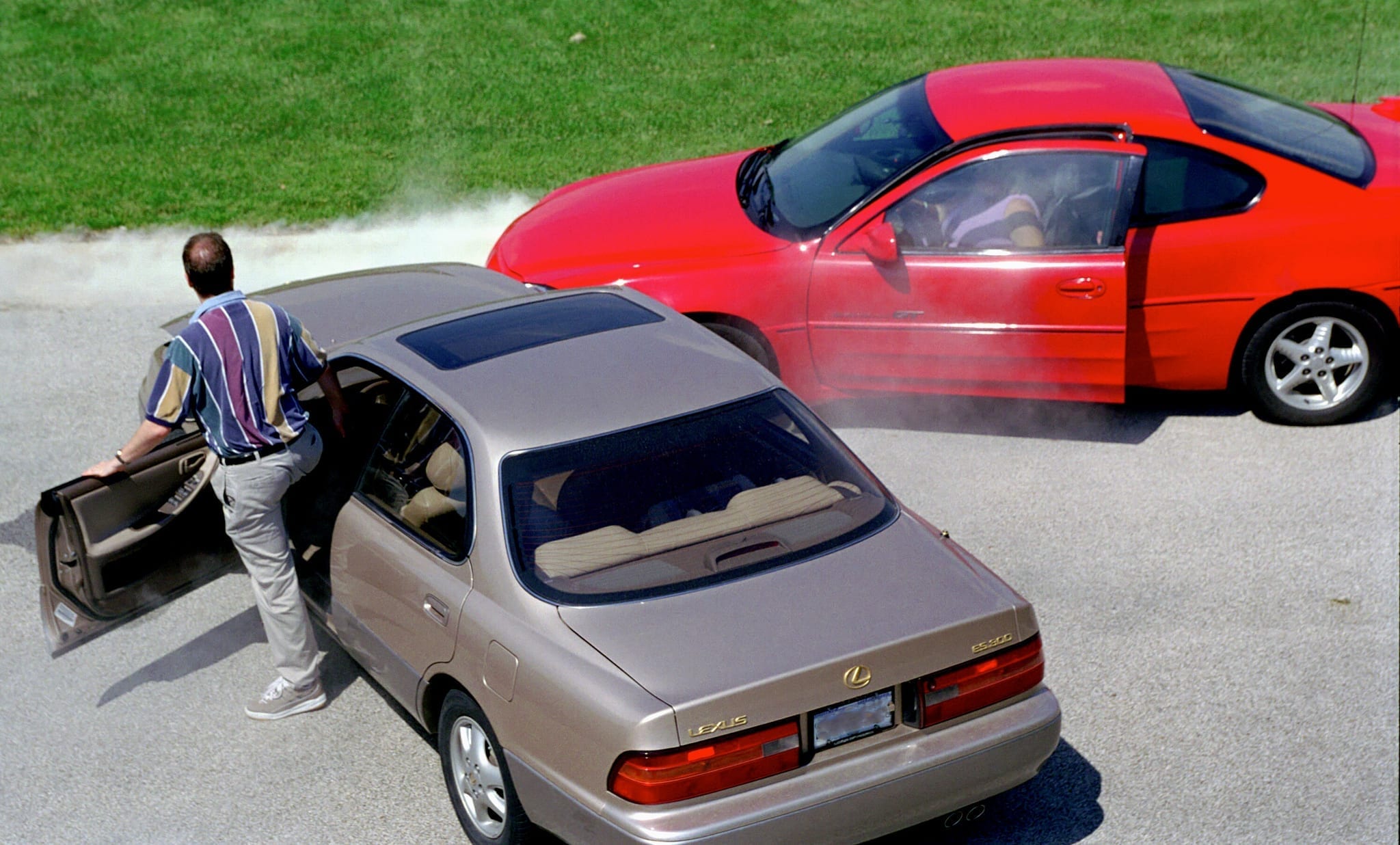Failing to obey posted signs and road markings increases accident risk and fault percentages.
Getting into a car accident is stressful enough without having to navigate complex legal rules afterward. Yet, understanding a key legal concept called comparative negligence can be crucial for receiving fair compensation if injured.
You may assume being even 1% at fault ruins your chances, but that’s not necessarily true anymore. Most states have moved to comparative fault systems that reduce payouts based on the percentage of blame, rather than eliminating claims altogether. It still pays major dividends to understand the intricacies of your state.
Even when partially responsible, experienced attorneys leverage these doctrines to help victims recover damages. This guide breaks down core concepts so you can make informed decisions if facing these difficult situations. Knowledge brings clarity during emotionally chaotic times.
What Is Comparative Fault?
As the name suggests, comparative fault or comparative negligence laws allow for the comparison of fault between multiple parties in an accident. The goal is to assign percentages of blame based on each driver’s role.
For instance, if you’re 25% at fault for an accident and the other driver is 75% culpable, you could still potentially recover compensation – but your payout would be reduced by your percentage of fault.
How Fault Is Determined
When determining fault, insurance companies and courts will look at the actions of each driver before and during the accident. This can include:
- Traffic violations committed
- Level of intoxication
- Adherence to speed limits
- Use of turn signals and appropriate lights
- Distracted or reckless driving behaviors
Police reports usually provide the initial split for fault. However, investigations by insurance adjusters and accident reconstruction specialists can shift the liability over time. There may also be multiple parties deemed partially at fault, such as a faulty automaker or municipality.
Your Fault Level Impacts Claim Value
Under comparative fault, the compensation you can recover decreases based on your share of blame. For example:
- 0% at fault = 100% of damages covered
- 25% at fault = 75% of damages covered
- 50% at fault = 50% of damages covered
- 51%+ at fault = No payout allowed in some states
A qualified personal injury lawyer in Cleveland can argue down your fault percentage. Even a small reduction can substantially boost your claim value. An attorney may also discover additional liable parties to offset some of your fault.
Factors Impacting Fault Percentages
Many intricacies affect assigned percentages, which is why victims need support determining valid claims. Let’s explore some key factors:
- Right-Of-Way Issues
Failure to yield right-of-way constitutes negligence in many crashes. Drivers must properly handle intersections, merges, lane changes, pedestrians, and cyclists according to state laws. For example, rear-end accidents typically fall on the trailing vehicle since they should allow a safe stopping distance.
Yet exceptions exist, like sudden stops without brake lights. Read specific motor vehicle codes to understand right-of-way duties.
- Traffic Control Disobedience
Running red lights, ignoring stop signs, improper turns against signals, and other traffic control violations show driver negligence. Failing to obey posted signs and road markings increases accident risk and fault percentages.
However, equipment issues like brake failure may reduce driver responsibility if properly maintained beforehand. It depends on the unique circumstances behind the crash.
- Distracted And Reckless Driving
Actions like texting, eating, applying makeup, or rowdy passenger behavior demonstrate negligence if contributing factors. Courts increasingly recognize mobile device usage and other distractions as grounds for heavy fault allocation.

Similarly, reckless behaviors like aggressive speeding, tailgating, erratic lane changes, and street racing display apparent negligence if playing a role in the collision.
When Comparative Fault Applies
Most states utilize some form of comparative fault to assign liability in motor vehicle accident lawsuits. Contributory negligence laws, which block any payout if the victim holds even 1% of the fault, only remain in place in a few areas like North Carolina and Maryland.
The comparative fault affects injury claims arising from:
- Multi-vehicle crashes
- Single-vehicle accidents
- Crashes involving pedestrians
- Accidents with bicyclists
- Collisions with motorcyclists
The specific comparative fault rules vary by state, so connect with a local attorney to learn how the laws in your jurisdiction may impact your case.
Additional Rules And Factors
Individual state laws include extra comparative and contributory negligence rules that courts assess for fault disputes:
- Last Clear Chance Doctrine: If one driver could clearly avoid crashing at the end but fails to, they shoulder full liability.
- Sudden Emergency Defense: Extenuating circumstances like medical events or poor weather can reduce fault for related collisions.
- State Statutory Caps: Some states limit pain and suffering or punitive damages regardless of assigned fault.
An experienced attorney knows case strategies under your jurisdiction’s unique negligence doctrines. Local familiarity is invaluable because laws keep evolving.
Final Thoughts
Don’t let confusion over negligence ruin your chances of receiving fair compensation. Connect with an attorney to assess options so you understand the impacts on your potential recovery. Knowledge is power—arm yourself by scheduling a free case review to discuss evidence, percentages, state laws, and negotiation approaches. An expert by your side could make all the difference during a turbulent time.


Join the conversation!